The 1990s stand as a remarkable decade, a crucible where the old guard yielded to the new, often with astonishing speed and impact. While many enthusiasts might reminisce about the vanishing car models from dealership lots, the global stage itself saw the disappearance of far more significant ‘models’ – entire geopolitical structures, entrenched political systems, and long-standing social orders that, for better or worse, defined an era. These were not mere product line changes; they were fundamental shifts that irrevocably altered the trajectory of human history.
This period, often dubbed the “post-Cold War decade,” was one of intense re-evaluation and rapid transformation. Established paradigms, once thought immutable, were suddenly rendered obsolete, making way for new configurations of power, economics, and national identity. The global “dealership lot” of political and social systems underwent a massive inventory clear-out, retiring models that could no longer meet the demands of a rapidly evolving world.
Join us as we take an in-depth look at 14 of these profound transformations, examining the ‘performance metrics,’ ‘design philosophies,’ and eventual ‘discontinuation’ of these monumental ‘models’ from the 1990s. In this first section, we’ll analyze seven of the most impactful ‘vanishings,’ dissecting their origins, their brief or extended runs, and the enduring legacy of their departure from the world’s main thoroughfares.
1. The Soviet Union’s Status as a Superpower
For decades, the Soviet Union stood as one of the two titans on the world stage, its geopolitical ‘model’ defining the very concept of a superpower. Its sheer military might, vast territorial expanse, and ideological influence projected a formidable presence across continents, shaping global conflicts and alliances. This was a ‘model’ engineered for sustained competition, a counterweight to Western capitalism that commanded respect and fear in equal measure.
However, the 1990s brought an abrupt end to this long-running ‘production cycle.’ The dissolution of the Soviet Union, culminating with Boris Yeltsin’s counter-revolution against communist hardliners and Mikhail Gorbachev’s resignation on December 25, 1991, marked an epochal moment. This event definitively “marked the end of Russia’s status as a superpower,” an outcome that reverberated globally and ushered in a new era of international relations.
This ‘vanishing’ was not merely a change in leadership; it was the systemic collapse of an entire governmental and ideological framework. The former Soviet Socialist Republics declared independence, asserting new national identities and economic ambitions. The implications of this ‘discontinuation’ were immediate, resetting the global balance of power and profoundly impacting the ‘design’ of international diplomacy for decades to come.
Read more about: The Fifties Unpacked: An Expert’s Guide to the Defining Cultural, Social, and Global Shifts of a Transformative Decade
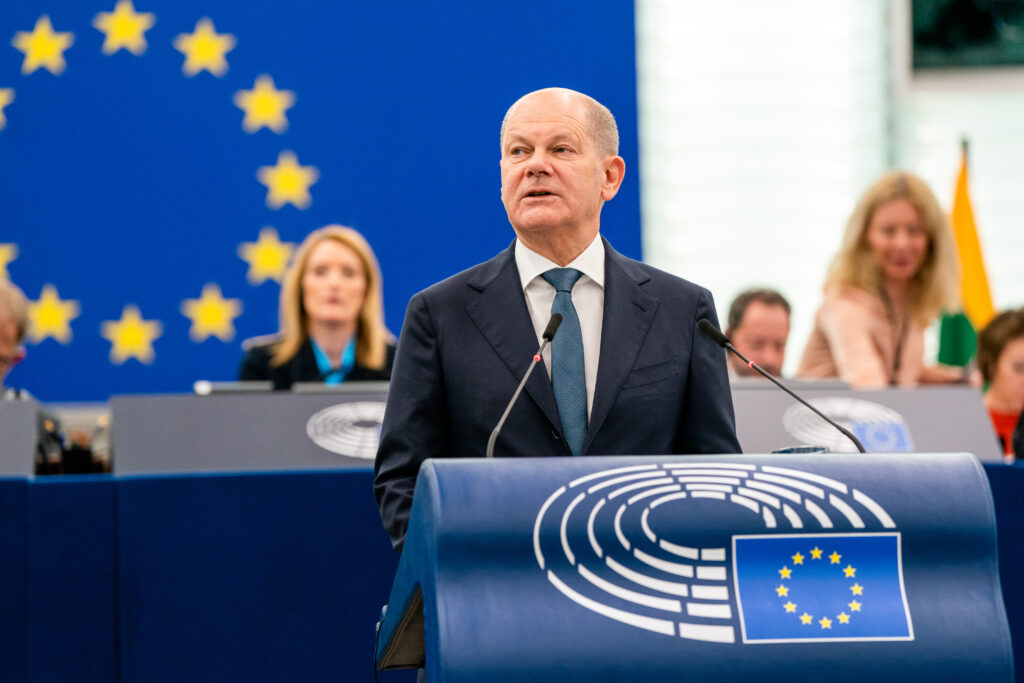
2. The Multipolar World Order
Before the 1990s, the global political landscape was largely defined by a multipolar order, specifically a bipolar one, dominated by the rivalry between the United States and the Soviet Union. This ‘model’ of international relations featured multiple centers of power, each with significant influence, often balancing each other out in a delicate geopolitical dance. It was a complex and often tense operational environment, but one with a predictable, if dangerous, rhythm.
The collapse of the Soviet Union effectively signaled the immediate recall of this multipolar ‘model.’ As the context states, it marked “the end of a multipolar world.” Suddenly, the primary counter-balance to Western influence was gone, leaving a significant void in the global power structure. This unprecedented shift allowed for the rapid re-calibration of international dynamics.
In the aftermath, “the US to emerge as the world’s sole superpower,” fundamentally altering the global ‘power-to-weight ratio.’ This transformation, the ‘discontinuation’ of a balanced power structure, created “relative peace and prosperity for many western countries” but also introduced new challenges and criticisms regarding global hegemony and anti-Western sentiment.
Read more about: Remember the ’90s? Here Are 12 Moments That Shaped the Decade and Still Echo Today!

3. The Cold War Era
The Cold War was more than just a political standoff; it was a deeply ingrained ‘model’ of global engagement, defining alliances, economies, and even cultural narratives for nearly half a century. Characterized by ideological confrontation, proxy wars, and a constant threat of nuclear escalation, this ‘model’ ran on high-stakes tension and an ever-present sense of a divided world. Its ‘design philosophy’ was deterrence, its ‘performance’ measured in geopolitical chess moves.
By the 1990s, however, the gears of this colossal ‘machine’ were grinding to a halt. The decade began on January 1, 1990, and “Known as the ‘post-Cold War decade’, the 1990’s were culturally imagined as the period from the Revolutions of 1989 until the September 11 attacks in 2001.” This signifies a clear ‘end-of-production’ for the Cold War as a dominant global framework.
The ‘vanishing’ of the Cold War ‘model’ meant an immediate re-tooling of international strategies and a profound psychological shift. The binary world dissolved, giving way to a more fluid, albeit still complex, landscape. While its direct conflict mechanism was retired, its legacy, including the “rise of anti-Western sentiment,” continued to influence the new ‘models’ that took its place, leaving an indelible mark on global geopolitics.
Read more about: The Definitive Guide: 12 Top Insulated Water Bottles Engineered to Keep Ice Frozen for Over 17 Hours in Direct Sunlight

4. Apartheid in South Africa
Apartheid in South Africa represented a brutally engineered ‘model’ of racial segregation and white-minority rule, a system that, for decades, dictated every aspect of life for its citizens. Its ‘design’ was predicated on systematic oppression and institutionalized discrimination, maintaining a rigid social hierarchy through force and legislation. This ‘model’ was a stark outlier on the global stage, widely condemned for its profound human rights violations.
However, the 1990s saw this deeply flawed ‘model’ finally driven off the international “dealership lots.” The release of African National Congress leader Nelson Mandela on February 11, 1990, after “thirty years of imprisonment for opposing apartheid and white-minority rule,” heralded the beginning of the end. This act, itself a monumental shift, ignited hope for a truly democratic future for South Africa.
The ultimate ‘discontinuation’ of apartheid occurred in 1994, a year of monumental change. “Apartheid ended in South Africa in 1994.” In the same year, “Nelson Mandela was elected President of South Africa…, becoming the first democratically elected president in South African history, and ending a long legacy of apartheid white rule in the country.” This represented a complete overhaul, replacing a ‘model’ of injustice with one of newfound democracy and equality, a remarkable transition that captured the world’s attention.
Read more about: Remember the ’90s? Here Are 12 Moments That Shaped the Decade and Still Echo Today!
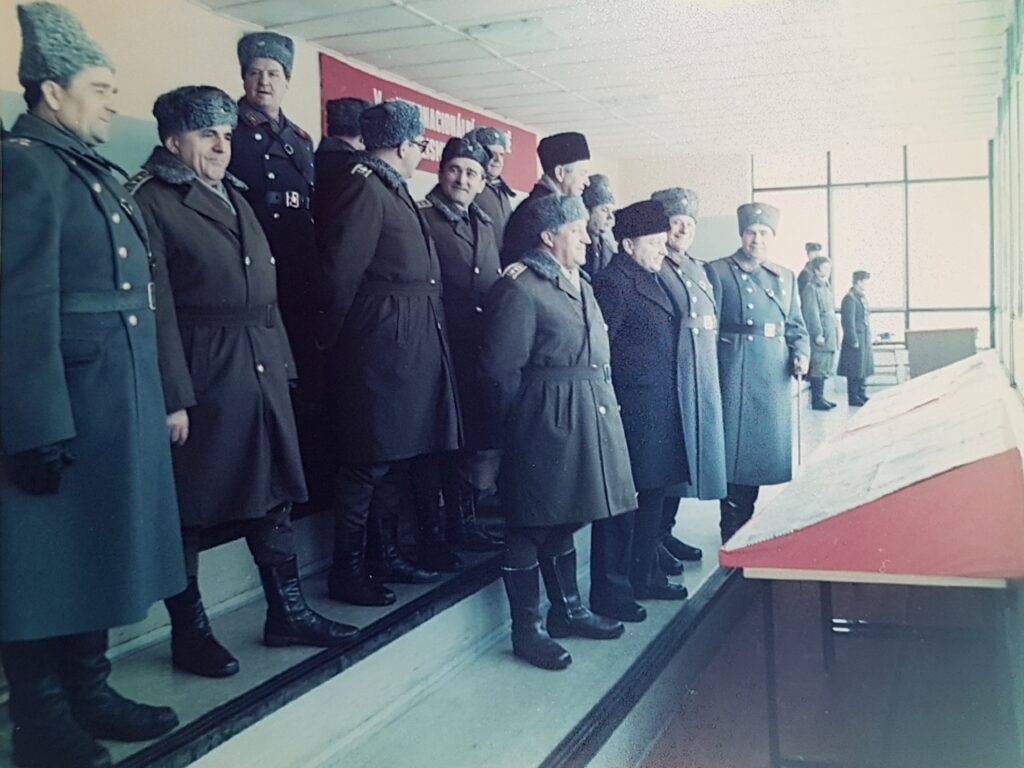
5. Single-Party Socialist States (Warsaw Pact)
The ‘model’ of single-party socialist states, particularly those aligned with the Warsaw Pact, was a cornerstone of the Eastern Bloc for much of the Cold War. These nations operated under centralized control, with economies managed by the state and political power concentrated within a single ruling party. Their ‘design specifications’ emphasized collective ownership and rigid ideological adherence, often at the expense of individual freedoms and market dynamics.
With the profound geopolitical shifts of the late 1980s and early 1990s, this ‘model’ underwent a rapid and widespread ‘recall.’ “The former countries of the Warsaw Pact moved from single-party socialist states to multi-party states with private sector economies.” This marked a wholesale abandonment of the previous operational design, transitioning to systems that embraced greater political pluralism and economic liberalism.
This ‘vanishing’ was part of a broader global trend, as “the 1990s saw an increased spread of capitalism and third way policies.” Countries across the globe, from Latin America to Asia, also embraced market reforms and political liberalization. The ‘dealership lots’ of ideology were being restocked with new, more market-oriented ‘models,’ signaling a global preference for economic integration and multi-party governance.
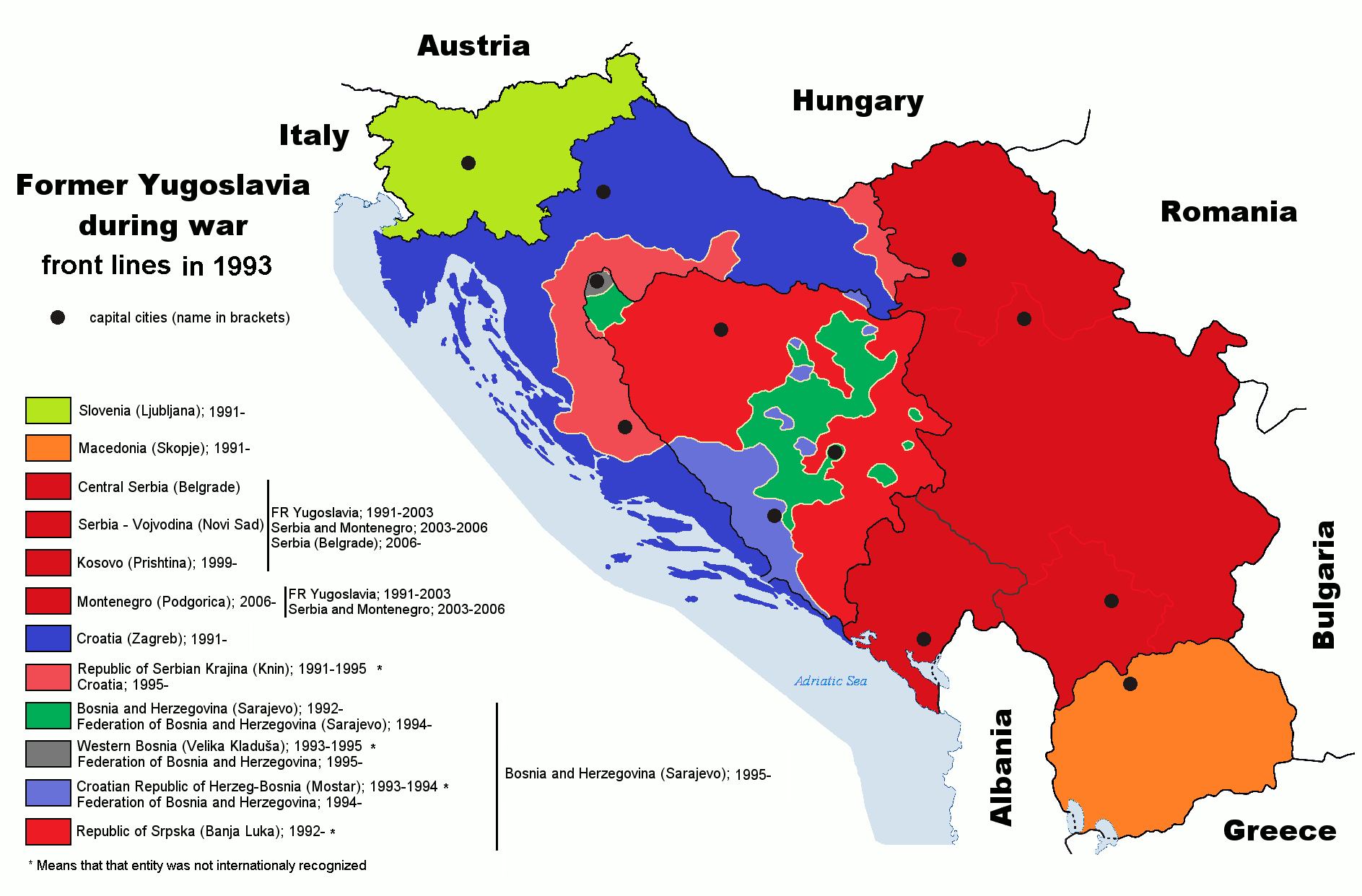
6. Yugoslavia as a Unified State
For decades, Yugoslavia operated as a complex and often strained ‘model’ of multi-ethnic federalism, attempting to unify diverse cultural and religious groups under a single banner. Its ‘engineering’ was an ambitious endeavor to manage regional identities within a socialist framework, a delicate balancing act that, for a time, held a unique position between East and West. It was a ‘prototype’ designed for unity amidst diversity, held together by a strong centralized hand.
However, the pressures of the post-Cold War era proved too great for its structural integrity. “The Yugoslav Wars (1991–1995) followed the breakup of Yugoslavia, beginning on 25 June 1991, after the republics of Croatia and Slovenia declared independence from Yugoslavia.” This was not a gradual phasing out, but a catastrophic ‘engine failure’ that tore the ‘model’ apart violently.
These wars became notorious for “war crimes and human rights violations, including ethnic cleansing and genocide,” marking a tragic ‘discontinuation’ that resulted in immense suffering. The unified state ‘vanished,’ replaced by fractured nations and devastating conflict, culminating in the Dayton Agreement that internally partitioned Bosnia and Herzegovina. The once-unified ‘model’ was broken down into its constituent parts, forever altering the landscape of Southeast Europe.
Read more about: Remember the ’90s? Here Are 12 Moments That Shaped the Decade and Still Echo Today!
7. Czechoslovakia as a Unified State
Czechoslovakia, much like Yugoslavia, represented a ‘model’ of a unified multi-ethnic state, albeit one formed under different historical circumstances. It brought together Czechs and Slovaks into a single federal republic, navigating their distinct cultural identities within a shared political framework. This ‘model’ was a testament to the post-World War I redesign of Central European borders, enduring various political climates for over 70 years.
Unlike the tumultuous ‘discontinuation’ of Yugoslavia, Czechoslovakia’s ‘vanishing’ in the 1990s was a comparatively peaceful process, often referred to as the ‘Velvet Divorce.’ “Dissolution of Czechoslovakia (1993) – the Slovak Republic adopts the Declaration of Independence from the Czech and Slovak Federative Republic (Czechoslovakia).” This consensual separation allowed both entities to pursue their national aspirations independently.
The ‘dealership’ of nations saw this federal ‘model’ smoothly transition into two distinct ‘new releases.’ The Czech Republic and the Slovak Republic emerged as sovereign states, illustrating that the ‘retirement’ of a unified ‘model’ could occur without the widespread violence seen elsewhere. It stands as a unique example of how deeply integrated political structures could be dismantled and replaced through negotiation and mutual agreement in a decade defined by profound change.
The 1990s, as we’ve established, was a period of monumental ‘model discontinuations’ and ‘system upgrades’ on the global stage. Having navigated the profound shifts that reshaped superpowers and political alliances, our journey through this dynamic decade now turns to an exploration of more specific, yet equally impactful, transformations. These are the ‘end-of-life’ moments for long-standing regimes, media monopolies, and territorial divisions, giving way to entirely new ‘prototypes’ in the grand ‘dealership of history.’ Let’s examine seven more of these profound ‘vanishings’ that defined the ’90s.
Read more about: Remember the ’90s? Here Are 12 Moments That Shaped the Decade and Still Echo Today!

8. Germany’s Divided Model
For over four decades, Germany existed as a profoundly bifurcated ‘model,’ a stark geopolitical split embodying the very essence of the Cold War. The German Democratic Republic (East Germany) and the Federal Republic of Germany (West Germany) operated as two distinct ‘brands,’ each engineered with opposing ideological ‘design philosophies’ – communism in the East and capitalism in the West. This territorial division, a lasting legacy of World War II, kept two halves of a nation on fundamentally different ‘production lines,’ shaping millions of lives and the very landscape of Central Europe.
However, the seismic shifts of the late 1980s, particularly the ‘Revolutions of 1989’ and the subsequent collapse of the Soviet Union, acted as the ultimate ‘recall notice’ for this divided ‘model.’ The iconic fall of the Berlin Wall in 1989 was the visible crack in its structural integrity, signaling an imminent and irreversible change. It was a clear indication that the previous ‘operating system’ was no longer sustainable, and a comprehensive ‘re-engineering’ was required.
On October 3, 1990, East and West Germany officially reunified, marking the complete ‘discontinuation’ of the divided German ‘model.’ This monumental event saw two distinct entities reintegrate their economic structures and provincial governments, embarking on the ambitious project of modernizing the formerly communist East. The unified Germany emerged as a new ‘prototype’ on the global stage, focused on economic integration and a shared national identity, showcasing a remarkable transition from division to renewed unity.
Read more about: The AI Eye on Our Roads: How New Traffic Cameras Are Reshaping Enforcement and Safety

9. British Hong Kong’s Colonial Model
For an extended ‘production run’ spanning over a century and a half, British Hong Kong functioned as a unique colonial ‘model,’ a vibrant outpost of British administration nestled on the southeastern coast of China. Its ‘design specifications’ combined Western legal frameworks and economic principles with a dynamic Asian populace, resulting in a thriving global financial and trade hub. This ‘model’ of governance and economic dynamism propelled Hong Kong to exceptional ‘performance metrics,’ distinguishing it as one of the world’s most prosperous cities under the British flag.
As the 1990s progressed, the ‘end-of-lease’ for this colonial ‘model’ drew near, dictated by historical treaties. The impending transfer of sovereignty back to China represented a profoundly significant geopolitical ‘re-alignment.’ It was a moment laden with both anticipation and uncertainty, as a long-established ‘operating system’ was set to be replaced, changing the very essence of Hong Kong’s ‘design philosophy.’
On July 1, 1997, the ‘handover of Hong Kong’ occurred, a momentous occasion that saw the United Kingdom transfer sovereignty to the People’s Republic of China. This event definitively ‘retired’ the British colonial ‘model’ for Hong Kong, ushering in a new era under the ‘one country, two systems’ framework. This unique arrangement aimed to preserve Hong Kong’s distinct economic and political ‘design specifications’ for a transitional period, even as its overarching national ‘ownership’ shifted.
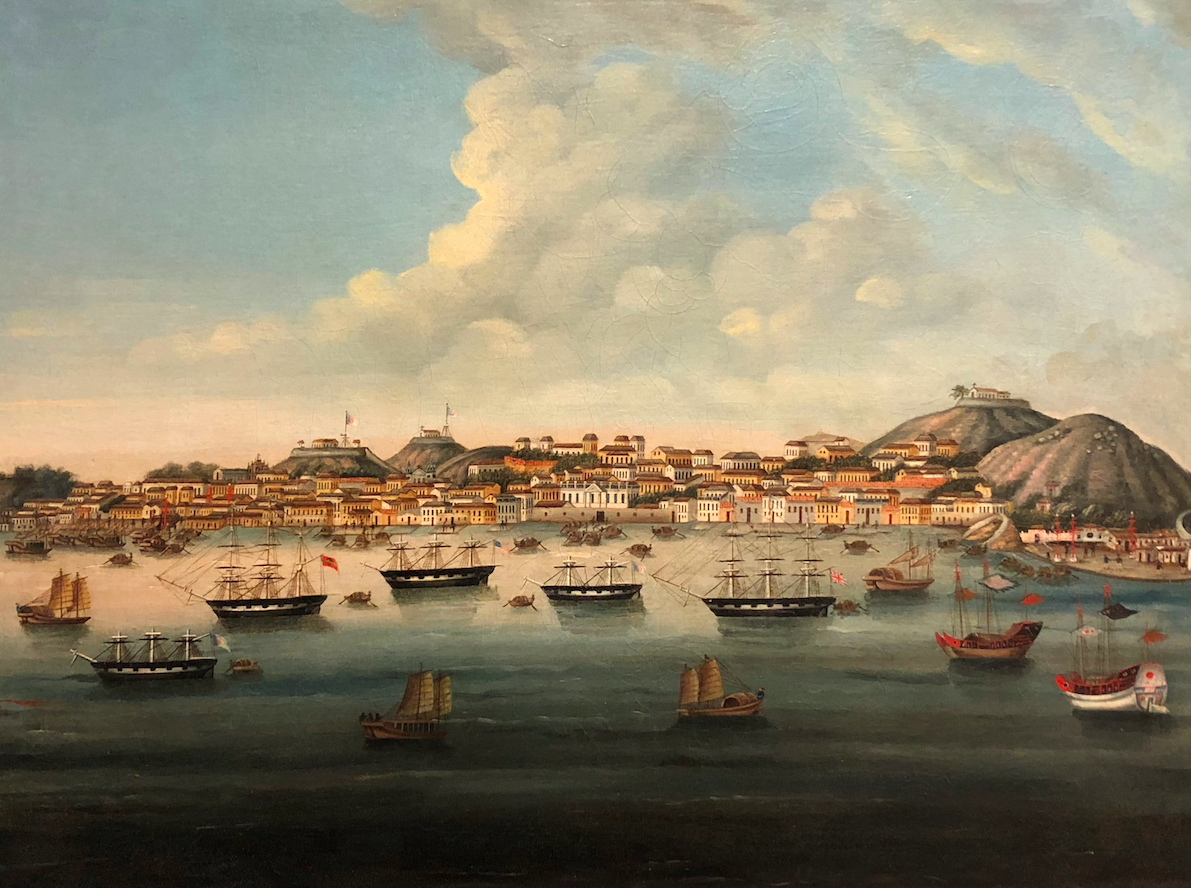
10. Portuguese Macau’s Colonial Model
Across the Pearl River Delta, Portuguese Macau stood as another enduring colonial ‘model,’ characterized by its unique blend of European and Chinese cultures and traditions. For over four centuries, this small territory operated under Portuguese administration, its ‘engineering’ shaped by a distinctive historical trajectory separate from its larger neighbors. It developed as a significant trading port and cultural crossroads, maintaining its own particular ‘brand identity’ on the global map.
Similar to Hong Kong, Macau faced an approaching ‘change of ownership’ as the decade neared its close. The process of its ‘decolonization’ was an anticipated, if less globally scrutinized, event, nonetheless representing a profound ‘discontinuation’ of a long-standing territorial division. The discussions surrounding its transition mirrored the broader global trend of retreating colonial empires and the reassertion of national sovereignty.
On December 20, 1999, just before the turn of the millennium, Portugal handed sovereignty of Macau to the People’s Republic of China. This ‘transfer’ marked the complete ‘retirement’ of European colonial administration in the region, effectively closing a significant chapter in global history. The ‘vanishing’ of Portuguese Macau as a colonial entity introduced a new ‘operational model’ under China, completing the historical reintegration of these former enclaves into the mainland’s fold.

11. Absolute Monarchy in Nepal
For decades, Nepal had been governed by a ‘model’ of absolute monarchy, often operating under the framework of the one-party Panchayat system. This ‘design’ concentrated power within the royal palace, with political dissent often stifled and democratic aspirations curtailed. While a unique Himalayan kingdom, its governmental ‘specifications’ were out of sync with the global ‘trend forecasts’ of democratic liberalization that began to sweep across the world, particularly in the wake of the Cold War.
However, the winds of change gathered force in 1990, leading to a powerful, multi-party movement demanding democratic reforms. This public mobilization acted as a severe ‘stress test’ on the existing absolute monarchical ‘model,’ exposing its vulnerabilities and the growing demand for a more inclusive political ‘engine.’ The pressure from the citizenry proved to be an irresistible force against the established order.
The 1990 Nepalese Revolution ultimately led to the ‘discontinuation’ of the absolute monarchy and the restoration of democracy. This represented a significant ‘overhaul,’ transforming Nepal into a constitutional monarchy with a multi-party parliamentary system. A new ‘prototype’ of governance was introduced, where the people held a greater stake in the nation’s ‘steering,’ marking a pivotal moment in Nepal’s political history.
Read more about: Remember the ’90s? Here Are 12 Moments That Shaped the Decade and Still Echo Today!

12. Suharto’s Authoritarian Rule in Indonesia
Indonesia, a vast archipelago nation, was governed for an astounding 32 years by President Suharto, whose authoritarian ‘model’ of rule defined an entire generation. His administration, which ran from 1966 to 1998, was characterized by centralized control, economic development often at the expense of political freedoms, and a formidable power structure. This long ‘production cycle’ of governance profoundly shaped Indonesian society, its economy, and its place on the international stage.
Despite periods of economic growth, internal discontent and external pressures mounted, ultimately leading to widespread unrest. By 1998, a series of riots erupted across several Indonesian cities, serving as the critical ‘fault-line’ that triggered the ‘recall’ of Suharto’s long-running ‘regime model.’ The public’s demand for change had reached a boiling point, making the existing ‘operating system’ untenable.
Suharto’s resignation in 1998 marked the definitive ‘discontinuation’ of his three-decade rule, ushering in what became known as the “Reform era.” This momentous event represented a complete ‘re-tooling’ of Indonesian governance, replacing an entrenched authoritarian ‘design’ with a new ‘prototype’ that promised greater democracy, transparency, and accountability. It was a profound shift that reset the nation’s political and social trajectory.
Read more about: Remember the ’90s? These 10 Political Powerhouses Ruled the Decade’s Real-Life Drama and World Stage!

13. The ‘Troubles’ in Northern Ireland
For 30 agonizing years, Northern Ireland was gripped by what became known as ‘The Troubles,’ a deeply entrenched ‘model’ of sectarian conflict and political violence. This complex ‘system’ of strife involved republican and loyalist paramilitaries, British security forces, and a deeply divided populace, its ‘mechanisms’ fueled by historical grievances and communal identities. The ‘operational parameters’ of this conflict exacted a heavy toll in human lives and societal stability.
Throughout the 1990s, intensive diplomatic ‘negotiations’ and peace initiatives were conducted, representing persistent efforts to ‘diagnose’ and ‘repair’ the deeply fractured political landscape. The Downing Street Declaration of 1993, which affirmed the right to self-determination for the people of Ireland and the principle of consent for Northern Ireland’s future, was a crucial ‘component’ in these efforts. It pledged governments to seek a peaceful constitutional settlement, inviting parties linked with paramilitaries to participate, provided they abandoned violence.
The culmination of these sustained efforts arrived on April 10, 1998, with the signing of the Good Friday Agreement. This landmark ‘settlement’ effectively ‘discontinued’ the violent ‘operational mode’ of ‘The Troubles,’ bringing an end to three decades of bloodshed. The agreement introduced a new ‘prototype’ for political coexistence and power-sharing, charting a course towards a future of negotiated peace and mutual agreement, a significant ‘upgrade’ in the region’s governance.
Read more about: Remember the ’90s? Here Are 12 Moments That Shaped the Decade and Still Echo Today!
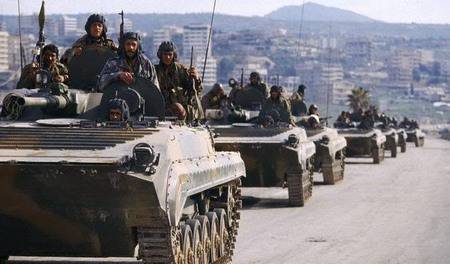
14. The Lebanese Civil War as a Defining National Model
For 15 devastating years, the Lebanese Civil War served as a destructive ‘model’ that fractured the nation, tearing apart its social fabric and political institutions. Its ‘design’ was marked by complex sectarian conflicts and external interventions, turning a once-vibrant country into a battleground. This prolonged ‘operational failure’ left the nation in ruins, with immense human cost and infrastructural damage, making the conflict itself a defining characteristic of national life.
However, by the beginning of the 1990s, efforts to ‘de-escalate’ the conflict and initiate ‘repair’ efforts gained traction. The Taif Agreement of 1989 laid the groundwork for a political settlement, aiming to redistribute power and reduce sectarian tensions. This signaled a shift away from perpetual conflict, indicating that the ‘civil war model’ was nearing its ‘end-of-life’ phase, making way for stability.
By 1990, the Lebanese Civil War officially came to a close, marking the definitive ‘retirement’ of this destructive ‘national operating system.’ This conclusion allowed for a crucial ‘rebuilding phase’ to commence, signaling a ‘return to political normalcy’ and the monumental task of national reconstruction. The ‘vanishing’ of the war as the dominant force allowed a new ‘prototype’ of peace and reconciliation, however fragile, to begin its slow and arduous ‘installation’ in Lebanon.
The 1990s truly were an extraordinary ‘inventory clear-out’ in the annals of history, a decade where numerous long-established ‘models’ of governance, territorial arrangement, and political reality were driven off the global ‘dealership lot.’ From the dismantling of apartheid to the peaceful separation of nations, and the end of prolonged conflicts to the rise of new political systems, the world rapidly recalibrated. Each ‘discontinuation’ and subsequent ‘re-release’ shaped the trajectory of nations, proving that even the most enduring ‘designs’ are ultimately subject to the relentless pressures of evolution and the unceasing demand for change. The echoes of these vanished ‘models’ continue to resonate, reminding us that history, much like automotive design, is a perpetual process of innovation, obsolescence, and reinvention.



